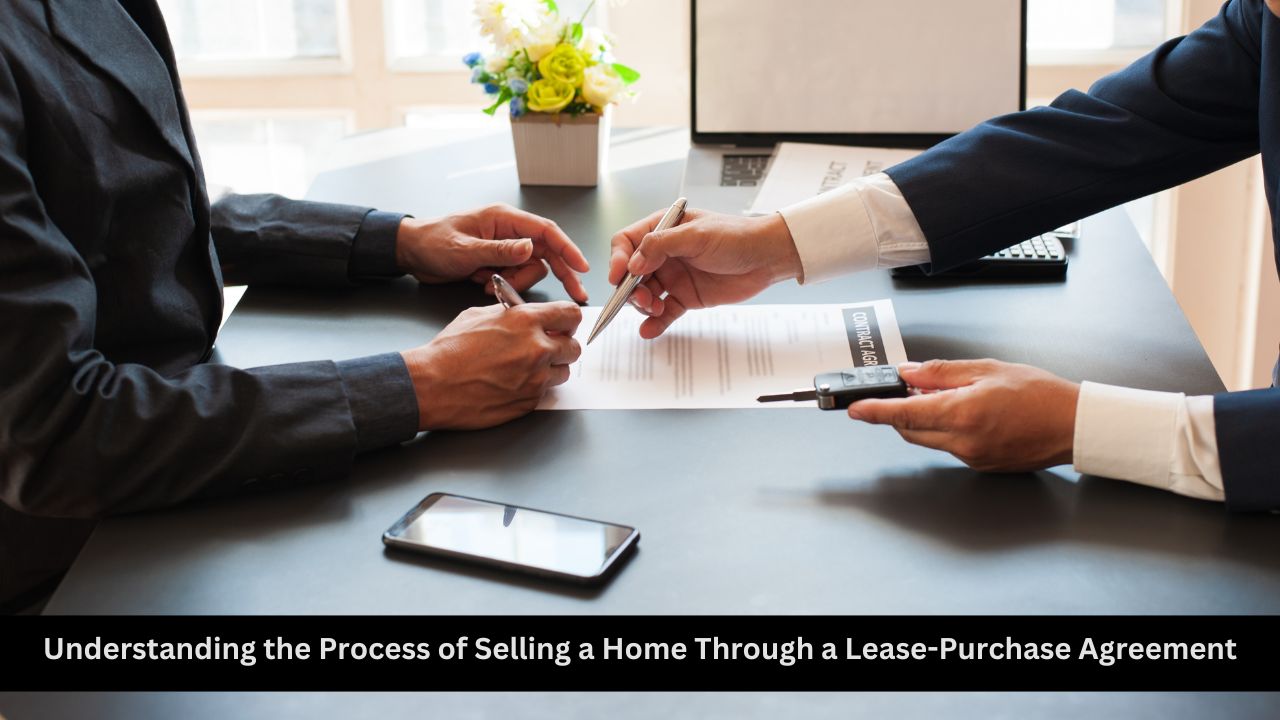 Selling a home through a lease-purchase agreement can be a great option for both buyers and sellers, offering flexibility and potential financial benefits. Whether you’re a homeowner looking for alternative selling strategies or a buyer who needs time to secure financing, understanding how this process works is key.
Selling a home through a lease-purchase agreement can be a great option for both buyers and sellers, offering flexibility and potential financial benefits. Whether you’re a homeowner looking for alternative selling strategies or a buyer who needs time to secure financing, understanding how this process works is key.
What Is a Lease-Purchase Agreement?
A lease-purchase agreement, also known as a rent-to-own contract, allows a tenant to lease a home with the option to purchase it at a later date. Unlike a standard rental agreement, a portion of the tenant’s monthly rent may go toward the future purchase of the home, helping them build equity while they rent.
How Does It Work?
- Agreement Terms: The buyer and seller agree on the purchase price and the length of the lease period, typically ranging from one to three years.
- Option Fee: The tenant-buyer usually pays an upfront option fee (often 1% to 5% of the purchase price), which secures their right to purchase the home. This fee may be credited toward the down payment.
- Monthly Payments: The tenant pays rent, and a portion of that payment may be set aside as a credit toward the purchase.
- Final Purchase: At the end of the lease term, the tenant can exercise their option to buy. If they qualify for financing, the sale moves forward just like a traditional real estate transaction. If they decide not to buy, they may forfeit the option fee and any rent credits.
Benefits for Sellers
- Larger Buyer Pool: Lease-purchase agreements attract buyers who may not currently qualify for a mortgage but are working toward homeownership.
- Steady Income: Sellers continue to receive rental payments while securing a potential sale.
- Higher Sale Price: Because the sale price is often set in advance, sellers may benefit if the home’s value appreciates during the lease period.
- Lower Vacancy and Maintenance Risks: Tenants in lease-purchase agreements often treat the home as their own, reducing property maintenance concerns.
Benefits for Buyers
- Time to Improve Credit or Finances: Buyers who need time to boost their credit score or save for a down payment can work toward homeownership without losing their preferred property.
- Equity Building: Monthly rent credits contribute to the down payment, helping tenants build equity while they lease.
- Locked-In Price: The purchase price is agreed upon at the beginning, which can be beneficial if home values rise.
Things to Consider
While lease-purchase agreements can be beneficial, they also come with risks. Sellers should work with a real estate professional to ensure the contract is structured properly and legally binding. Buyers should fully understand the terms and be confident in their ability to secure financing when the lease ends.
A lease-purchase agreement can be a win-win solution, allowing sellers to secure a future sale while giving buyers the opportunity to work toward homeownership. However, like any real estate transaction, it’s important to have clear terms and legal protections in place. Consulting with a real estate agent and an attorney can help both parties navigate the process successfully.